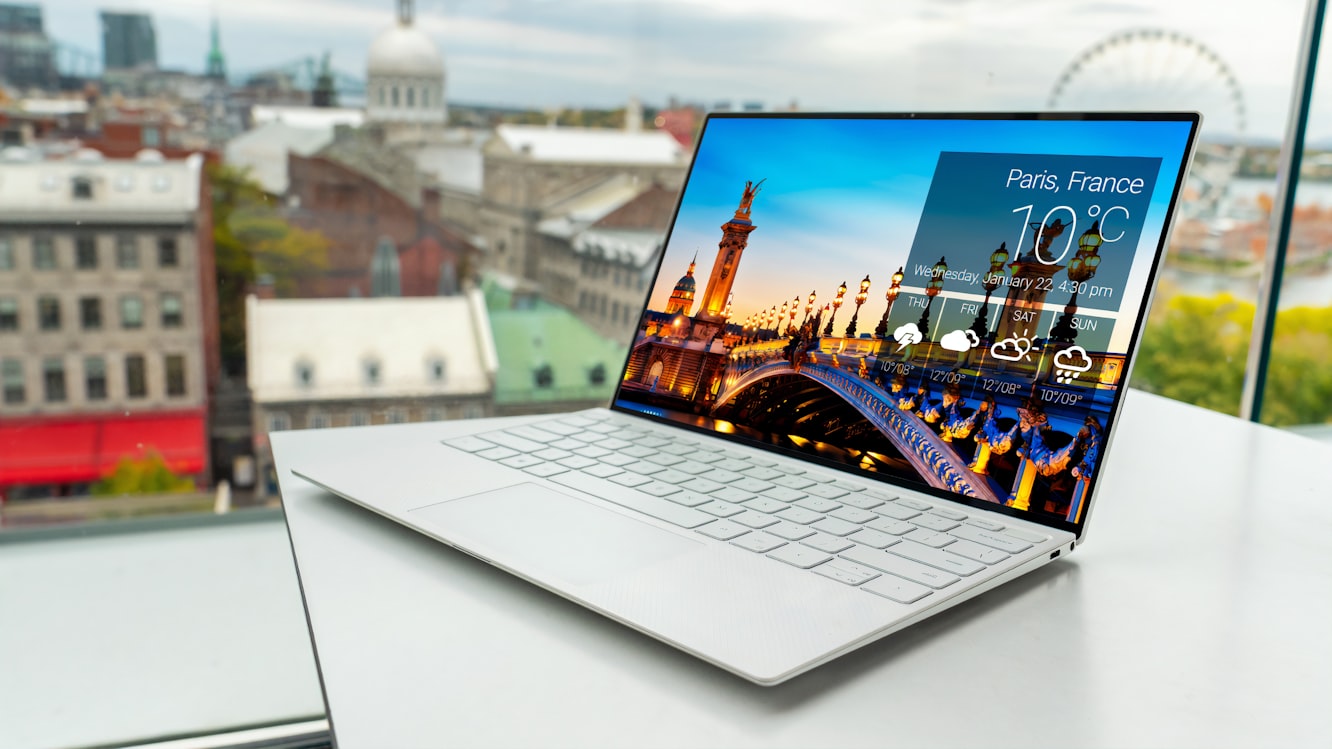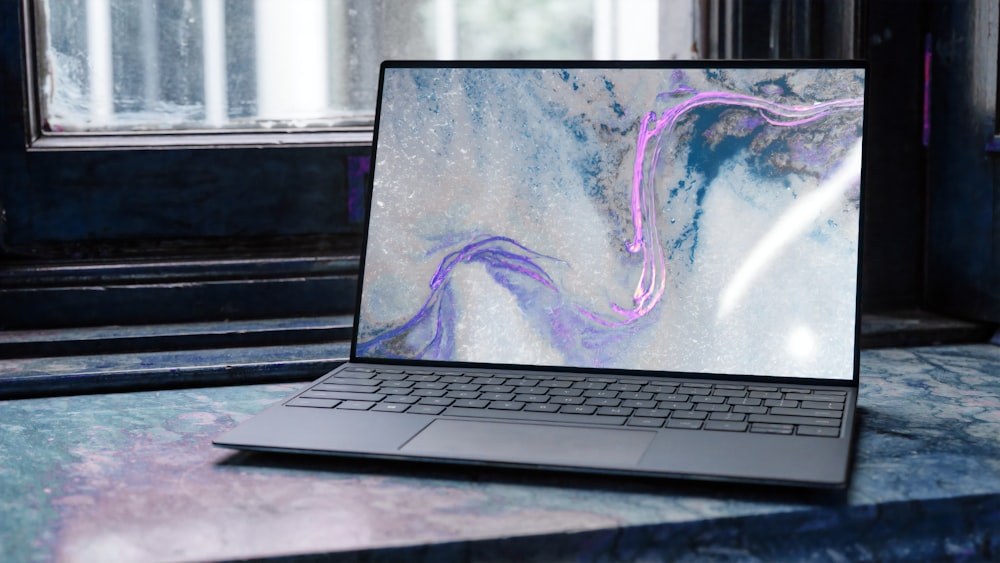There was a time when a laptop was warm and furry, chased mice, dug holes in next doors immaculate flower beds and clawed all the soft furnishings to pieces just for fun. Going by names like Tiddles and Puss-Puss, they came in a range of colours, sizes and temperaments. And then in the 1980s all that changed.
Laptops, as we know them today, small portable computers with fold down screens, entered the world as high tech must have modern gadgets.
One of the earliest entrants into the laptop market in 1982 went by the catchy name of the Grid Compass. Consisting of a small screen folding flat against the keyboard, the classic lap top format was conceived. It had a 320×200-pixel electroluminescent display and 384 kilobyte bubble memory all neatly wrapped up in a magnesium shell. Weighing in at an impressive 11 lbs, or 5 kilograms, and without a battery, its portability was limited to the length of its mains cable. And coming at a price of £15,000 – £17,000, the equivalent of £82,000 – £93,500 today, it wasn’t exactly on the top of everyone’s shopping list.
Not that those shortcomings held it back in any way what so ever. It was utilised extensively by both the US military and by Nasa. Most significantly it travelled into space on many occasions on the Space Shuttle. What the Grid’s makers may have missed on sales, they more than adequately made up for by selling the patent rights to its many innovative developments which soon became commonplace in the years that followed.
Ignoring the fact that the Grid travelled many thousands of miles at ten times the speed of a bullet, the first truly portable laptop was the Dulmont Magnum, aka the Kookaburra. Yes, that’s right, the Kookaburra. The Magnum earned that nickname due to the fact that it was created by David Irwin and John Blair from Australia, and manufactured and distributed by Dulmont Pty Ltd.
Still tipping the scales at a robust 4.8 kilograms, the Kookaburra’s main improvement was an internal battery that made it truly portable. It also boasted a few other developments such as expansion slots to accommodate a 5.25-inch floppy disk drive or a hard drive offering a whopping 10 MB of storage.
So by 1983 the laptop was well and truly born and since those early forays into the realm mobile computing innovations and improvements have hit the streets every year. Weights have plummeted, speeds have rocketed, storage has mushroomed, and prices have dropped to the level where laptops are no longer just the reserve of military superpowers and astronauts. They are also no longer the prized possessions they used to be and have become as common as kettles and as just as disposable when problems start to arise.
The Facts
Globally, we currently generate something in the region of 40 million tons of electronic waste in a year. And although that waste incudes TVs, pcs, phones and tablets, it’s the equivalent of throwing away 800 laptops every second. And while there are many recycling initiatives around the world, only 12.5% of E-Waste is recycled. The remaining 85% is either sent to landfill and incinerators to be buried or burned.
The Future
There are signs that this cycle of consume and throw away is slowly changing. Increasing concerns about pollution combined with economic uncertainty has made many people change their attitude and have begun to seek ways to prolong the lives of their laptops. More and more users are going down the repair rather than replace route.
Tekeurope, who specialise in IT repairs, made the comment that they have noted an increased demand for repairs amongst customers due to the lack of availability of new products post COVID-19, the cost savings offered and the desire to lessen their environmental impact.
The original laptops, the warm the furry varieties that is, apparently come with nine life time guarantees. Perhaps the time has come for their electronic counterparts to be supplied with, if not nine lives, then maybe at least two or three. At least for starters


